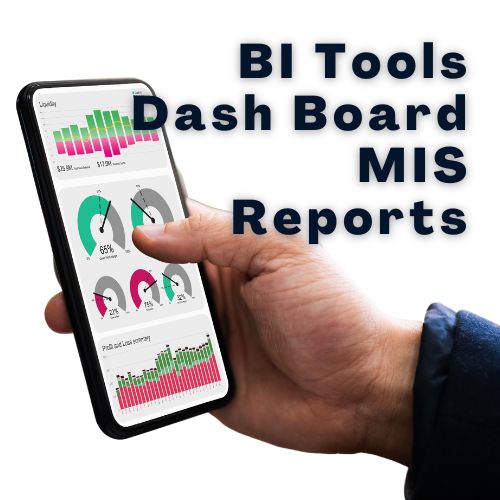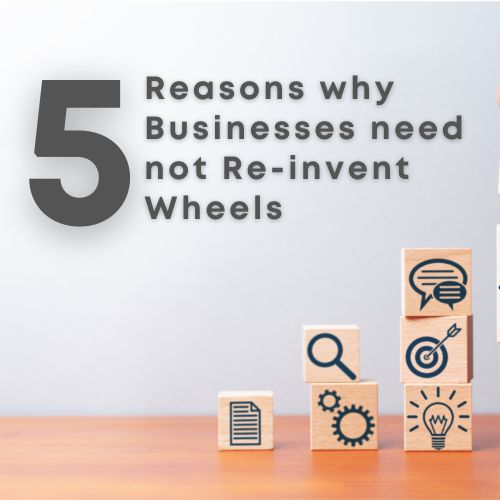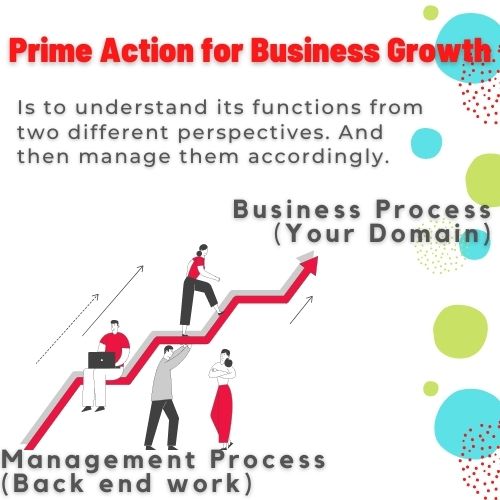Let’s move to sixth action plan in our list of 10 essential steps to organize your business. That is to generate MIS (management information system).
This is a follow through action of organizational goals and performance parameters set in previous 2 steps.
Evolution
Before explaining further about MIS generation, let’s know a bit about what is MIS. MIS is reports pertaining to a organization’s operation. It has evolved in four stages. Began as reports then MIS. Further advancement as dashboard and latest as BI (business intelligence). MIS, Dash Board and BI have got very wide and vast scope but I am just touching from the utility point of SMEs. So, subject masters kindly tolerate my approach.
Reports:
During early days of management or administration, organizations used reports. Most of the reports were generated after the occurrence of business operations or functions. In effect, it served as reactive approach. However, reports gave insights on what happened. It also helped to take appropriate corrective & future actions.
MIS
The method of report generation then evolved to MIS (management information system) as the computerisation and automation were used widely by organizations. MIS played a pivotal role to help the decision makers and employees involved to get aligned to the organization goals and targets. As MIS was available concurrent and real time, qualitative improvement of organizational management went up exponentially. MIS was further complimented by data management and analytics, helping companies to anticipate many vital information in advance. MIS made management function from reactive approach to responsive approach.
Advantages
To list a few,
- Improve operational efficiency, add value to existing products, engender innovation and new product development.
- Companies find strengths and weaknesses through revenue reports, employee performance records. Better utilization of resources (people, process, technology, infra and money).
- Acting as a communication and planning tool.
- Customer data help the company to align its business processes to the needs of customers. Management of customer data help the company to perform effective customer retention and customer relations management.
- MIS help a company gain a competitive advantage, decision-making as well as reduce downtime for actionable items.
Further Advancement:
Reports evolved to MIS. Then MIS to Dash Board and now many companies use BI (business intelligence tools). If reports were used as post event mechanism, MIS uses real time information. When it reached dash board, companies are driven using dash boards. Just like how use a dash board while driving a car. BI tools tell you the path to follow and many new avenues to be explored.
MIS Generation
Let’s now see how to generate MIS.
Design, generation and usage of MIS need to be aligned to the organization’s goals and objectives. So KPI (key performance indicator), KFA (key focus area), KRA (key result area) and real time data against these parameters shall also be incorporated to MIS. In addition to performance parameters and real time data, MIS also show the trend, projection and past performance.
Like performance parameters, MIS too have 3 tier mechanism. Top, middle and bottom level operations. MIS simplify organizational goals, targets, KPI, KFA and KRA to simple terms. Which is better know to us as Targets versus Achievement. Supplemented with % achieved, ranking, growth, trend, projection.
An experienced senior management or accounts person can get you awesome MIS. If your company’s operations are large in terms of people and process, it is advised to have a MIS executive. Automation will be the best option


